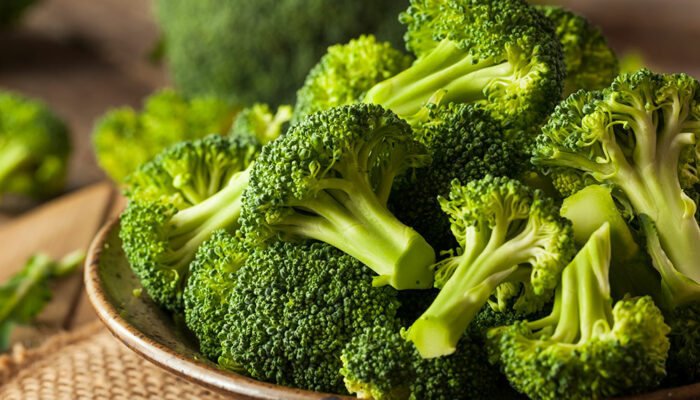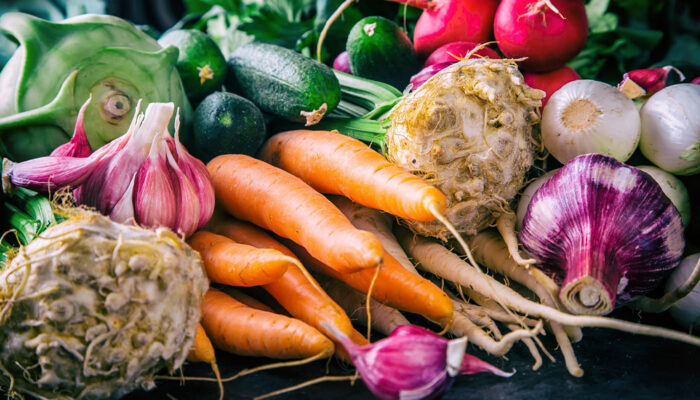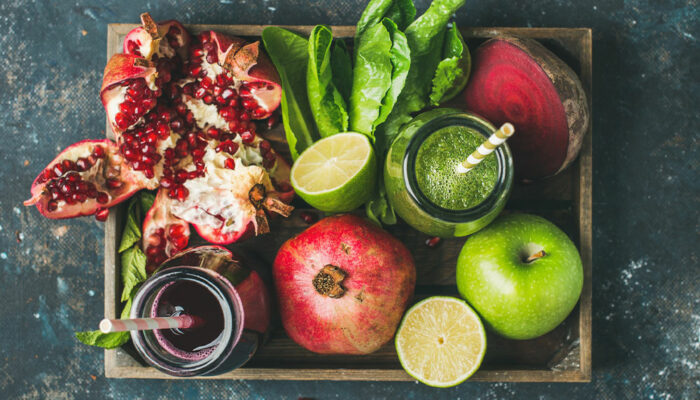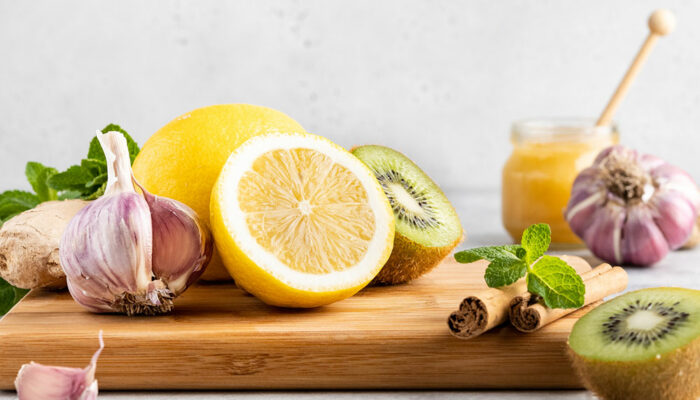
Macular degeneration – Early symptoms and foods that may help prevent it
Macular degeneration is a condition in which the center of the eye, also known as the macula, undergoes certain changes that lead to loss of vision. Since this condition is observed as a result of aging, it is also called age-related macular degeneration or AMD. This condition, if not managed properly, can lead to complete loss of vision and is one of the biggest causes of blindness in people over 55 years of age. Early warning signs There are some early warning signs that the elderly must look out for when suspecting macular degeneration. Some of them are as follows: Distortion and blurred vision If the vision starts to blur with age and one notices distortion or wavy lines in the field of vision, it is quite possible that one may be in the early stages of AMD. Those who are over 50 years of age should not ignore such blurred vision since they are more vulnerable to macular degeneration. Dark spots in central vision Generally, the central part of one’s field of vision ought to be the clearest with no blurriness or distortion. If one begins to notice shadows, white spots, or dark spots in this part, it is highly possible that one is suffering from AMD.
Read More 















